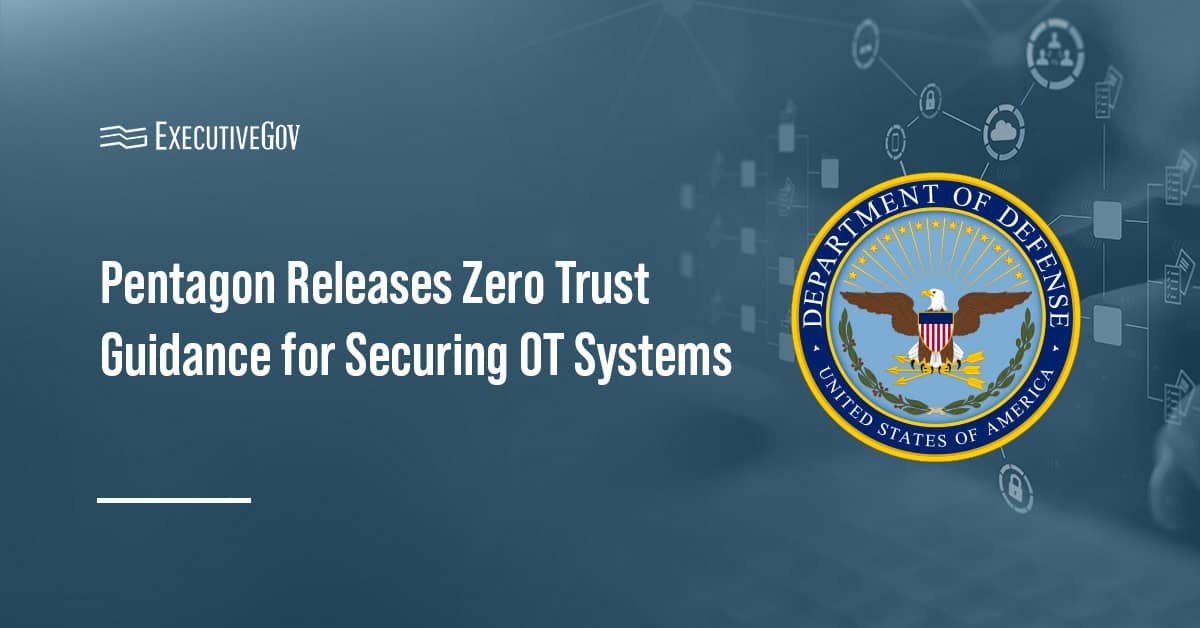 Russia claims the 2017 U.S. defense policy bill eases restrictions on the provision of weapons to Syrian rebels and gives the U.S. government leeway to deliver shoulder-fired anti-aircraft missiles, Reuters reported Tuesday.
Russia claims the 2017 U.S. defense policy bill eases restrictions on the provision of weapons to Syrian rebels and gives the U.S. government leeway to deliver shoulder-fired anti-aircraft missiles, Reuters reported Tuesday.Andrew Osborn writes Maria Zakharova, spokeswoman of Russia’s foreign ministry, said Russia views the policy change in the 2017 National Defense Authorization Act as a “hostile” move.
The 2017 NDAA includes a provision that prevents the Defense Department from spending funds on anti-aircraft missiles for Syrian militant groups until state and defense secretaries submit a report to Congress in support of such move, Osborn wrote.
State Department spokesman Mark Toner said the Obama administration opposes the delivery of anti-aircraft missiles called man-portable air defense systems to anti-government forces in Syria, the report stated.





